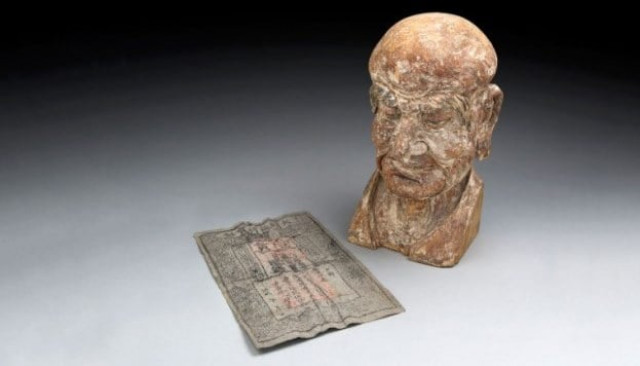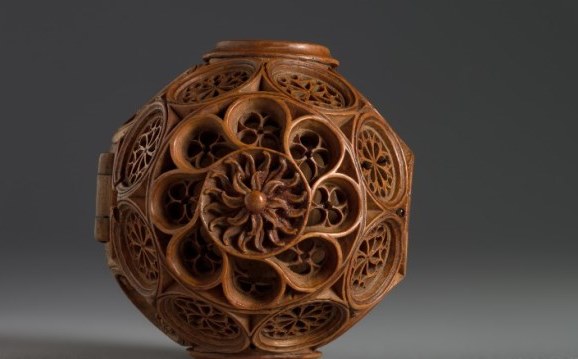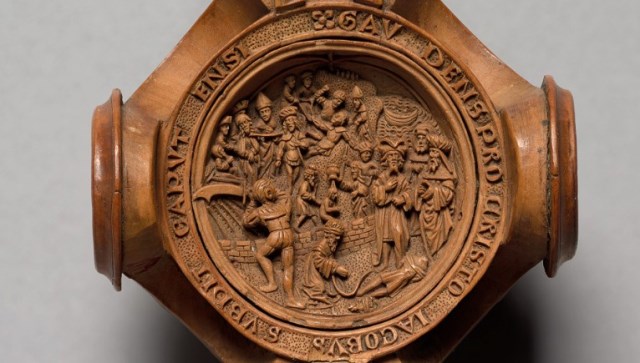A 500-year-old mystery has finally been solved
Find out here

PHOTO: MOSSGREEN AUCTIONS
Since the early 1500s, miniature boxwood carvings have been regarded as the ultimate symbol of luxury and status. The wealthiest members of the upper class, clergymen and royalty are known to have these boxwood carvings.
However, in a few decades, they disappeared, leaving no trace behind of who and how they were made.
"They're objects that defy modern comprehension," says Alexandra Suda, a curator of European art at the Art Gallery of Ontario (AGO). "As small as they are, they represent the limitless potential for human creativity in a way that is universal."
Suda is co-leading a five-year international study, seeking to find the secrets behind these boxwood carvings.
The study includes scientists, conservators, curators and academics from world's most prestigious institutions, including the Metropolitan Museum of Art, in New York, the Rijksmuseum, in Amsterdam, and NASA's Glenn Research Center, in Cleveland.
Monet haystack painting takes record $81.4m
As many as 30 of the 135 surviving carvings were scanned in the study in an attempt to figure out how they were made.
The results are being presented as part of an exhibition, 'Small Wonders: Gothic Boxwood Miniatures', at the AGO.
A lost art

"They have this jigsaw puzzle, Rubik's cube, horror vacui kind of effect on you where you look at them," Suda says. "They're so intricate, and they're stunningly carved that you almost immediately make that [religious] connection, in spite that you may not be a practising Christian."
A generous donation from the late publishing magnate Ken Thompson gave AGO the world's largest collection of boxwood miniatures since 2008.
When Suda first proposed the idea of a large-scale investigation into the works' origins, the plan was to scan as many of the surviving boxwood miniatures as possible.
After shaping a piece of boxwood into a circle, it is bisected and then sliced into thin discs. These discs are then carved into single layers of the recessed final scene, and stacked in a way that they seem concealed from view.
A mystery maker

While this study deciphered the question of how these miniatures were created, there is no established knowledge of who created them.
Although it is largely accepted that the miniatures were produced by four to six different workshops in Flanders, Belgium; there is a certain consistency in construction that suggests these may be the works of a single master craftsman.
"That was the thing that really hit us over the head like a frying pan: This is the product of one guy's vision - probably with a few apprentices and assistants - who was extraordinarily gifted. When he died, this practice ceased to exist," Suda says.
"I rarely use the term genius, but I would say that this person if not a genius, is certainly an exception to the norm."
Suda is currently working towards determining the identity and source of this craftsman.
Unpublished Van Gogh drawings to be unveiled
"I'm dying to know where they got all of the imagery. When you start to think yeah, this is amazing that they were able to make these physically, the next logical question is, 'How did they come up will all of these incredibly imaginative images?'" Suda says.
"The thing that really connected with me was that whoever this artist was was certainly inviting their original viewer to consider the possibility of it all, and he was quite successful because we're still thinking about that today."
This article originally appeared on CNN



















COMMENTS
Comments are moderated and generally will be posted if they are on-topic and not abusive.
For more information, please see our Comments FAQ